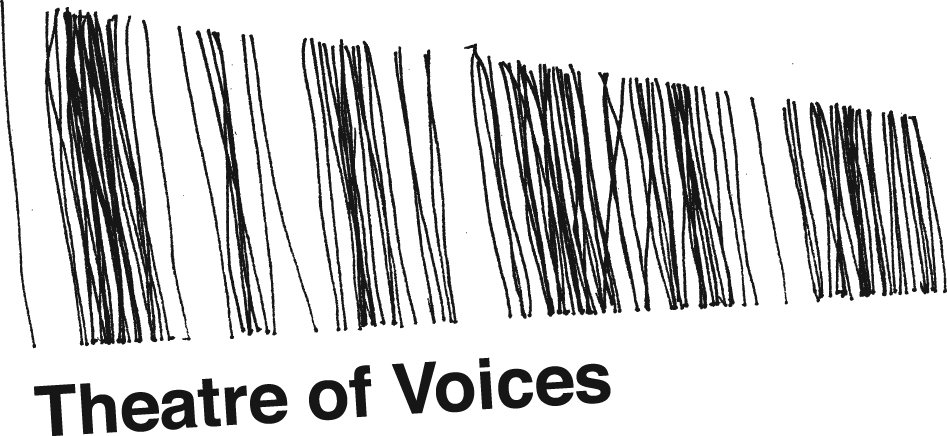Radiant and wrenching (Match Girl Passion)
27.01.12, Chronicle Music Critic
Concert: Stanford Lively Arts, Stanford University. Wednesday, Jan 25, 2012 at 8.00pm
In 2007, working on a commission from Paul Hillier's vocal quartet Theater of Voices, the composer David Lang undertook a brave and brilliant project. In an effort to decouple the pathos and emotional directness of Bach's Passion settings from their Christian contexts, he wrote a vocal work that replaced the biblical narrative with a similarly heart-wrenching tale from Hans Christian Andersen, while retaining some of the reflective texts from the "St. Matthew Passion."
"The Little Match Girl Passion," which got a radiant performance on Wednesday night at Stanford's Dinkelspiel Auditorium, proved every bit as daring and effective as the composer could have hoped. (It also won the Pulitzer Prize for music, and a Grammy for the subsequent recording.)
Austerely scored for four voices and a smattering of percussion, the work unfolds as a haunting drama of death and transfiguration. Lang sets Andersen's story - about a street urchin freezing to death on a snowy New Year's Eve - as a straightforward narrative, based on a few repeated melodic gestures that serve as the counterpart for Bach's recitative formulas.
But at intervals, the four singers offer pained commentary on the suffering that is unfolding before us, using the same words with which Bach has his chorus mourn the suffering Christ. The musical settings are tonally cool (an evocation of the story's chilly landscape), but full of poignancy and grace. One of Lang's most effective moves is to write a sustained four-part harmony in which one voice stutters a syllable with increasing urgency.
In addition to the sheer beauty of the score, you have to admire the audacity of its conception. By appropriating the dramaturgy of Christian ritual in a secular context, "The Little Match Girl Passion" takes seriously the assertion of Christ's humanity, and reclaims for non-Christians the human drama underlying the Passion story.
Wednesday's performance, presented by Stanford Lively Arts, was a small wonder of clarity and tenderness. Led by Hillier, the ensemble - soprano Else Torp, mezzo-soprano Miriam Andersén, tenor Chris Watson and bass Jakob Bloch Jespersen - delivered Lang's spare harmonies and stately narrative with affecting eloquence.
Sharing the short program was the world premiere of Lang's "Death Speaks," which was commissioned as a companion piece to "The Little Match Girl Passion." It's a cycle of songs accompanied by piano, violin and guitar, with texts drawn from all the Schubert songs in which Death makes a personified appearance.
The premise is arresting, but the results, in a less than assured performance, turned out to be largely wan and predictable. Although there are nominally five songs in the cycle, they all proceed at the same slow tempo and use the same minor mode to induce an air of eerie mopiness. This is less an evocation or exploration of the afterlife than simple posturing - the musical equivalent of heavy black eyeliner, as if the Grim Reaper were the front man for an emo pop band.
The disappointment becomes keenest in the last and strongest song, where Lang's harmonies turn richer (there's a nod to Schubert here) and the rhythms become more inventive. That song offers a glimpse of how much more he could have done with this material.
The performers - all composers in their own right - were vocalist Shara Worden, pianist Nico Muhly, violinist Own Pallett and guitarist Bryce Dessner. A conductor might have helped them past a few tricky junctures.
Joshua Kosman
